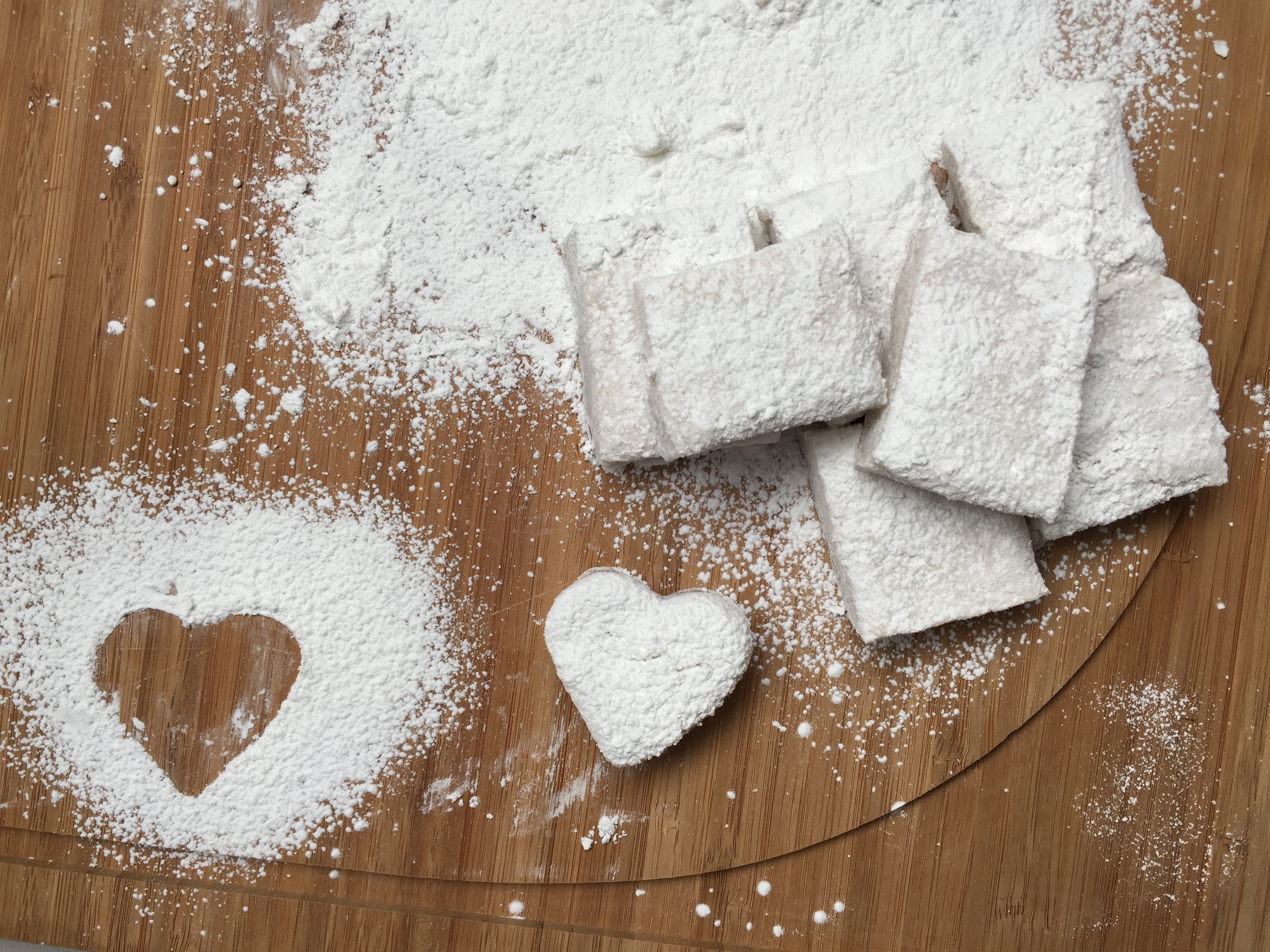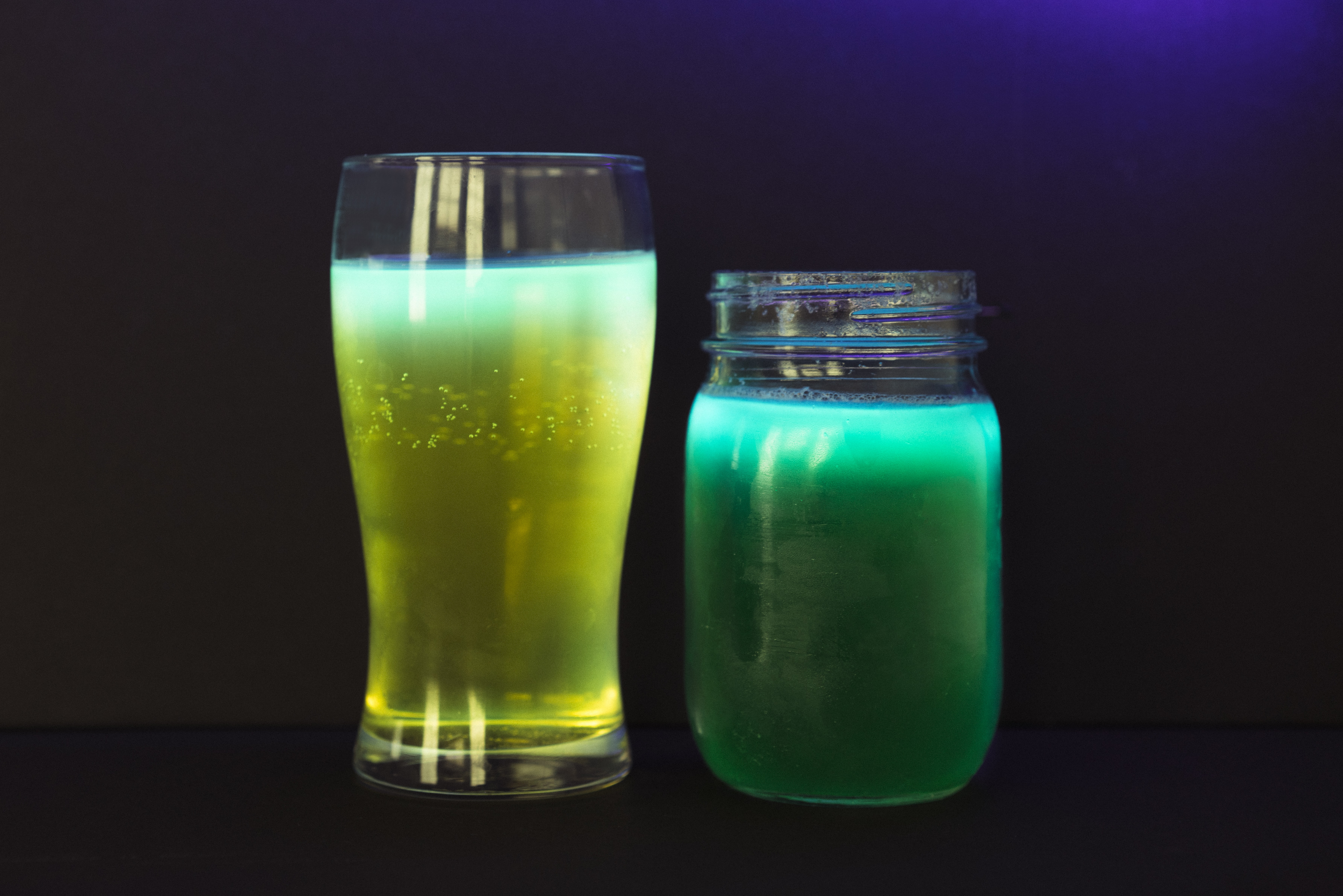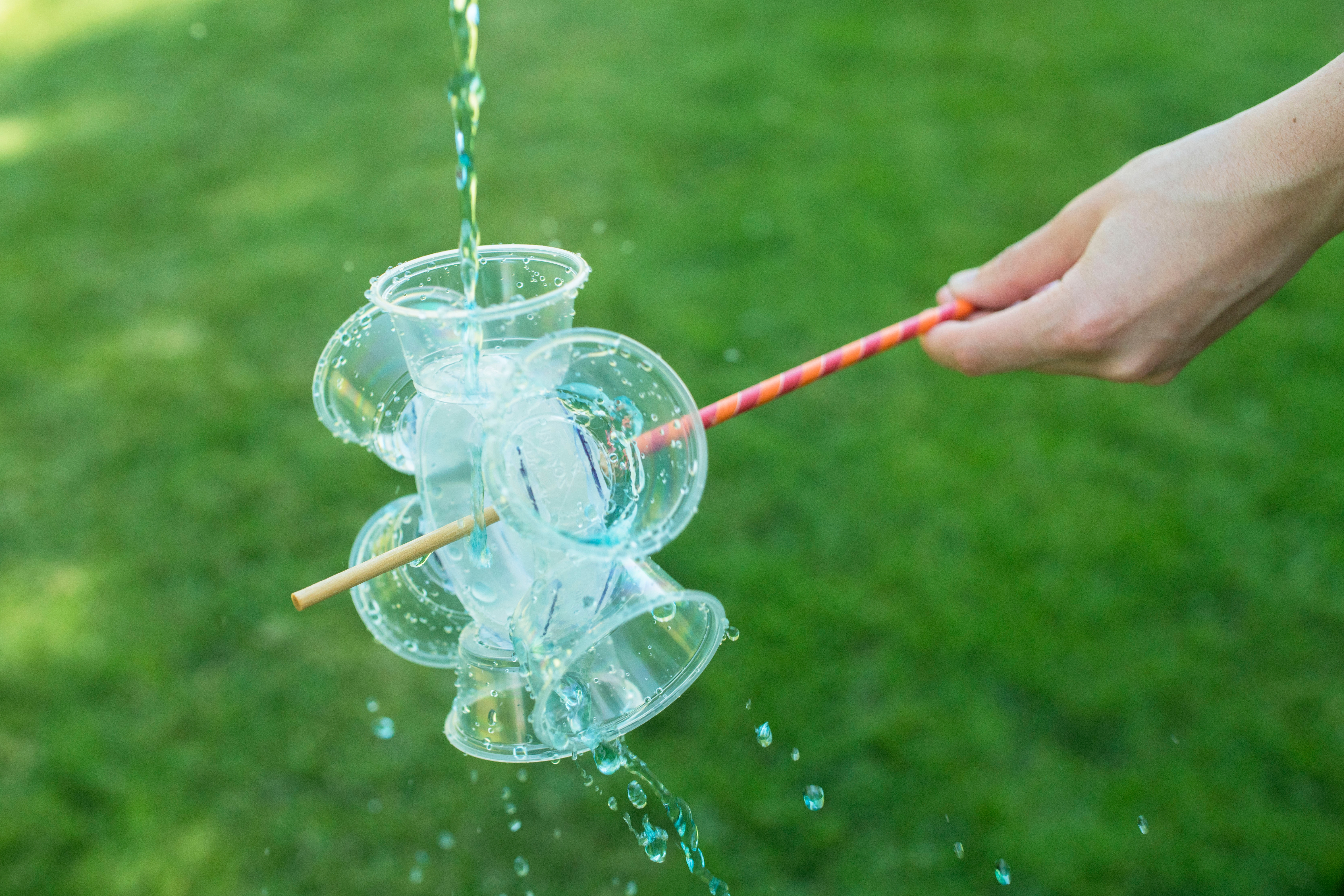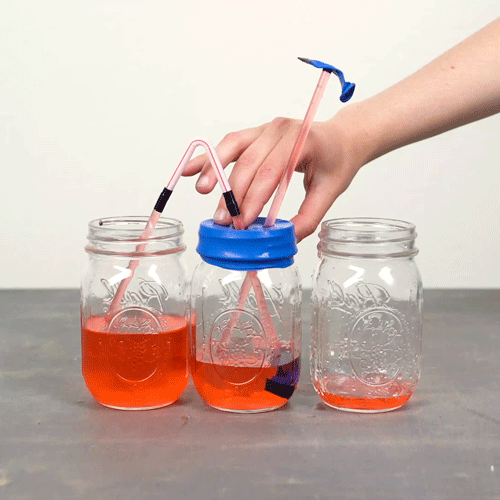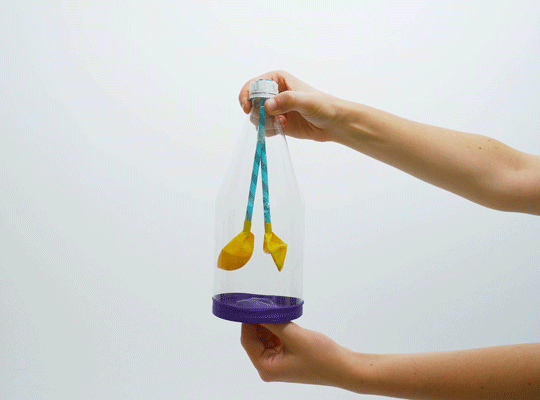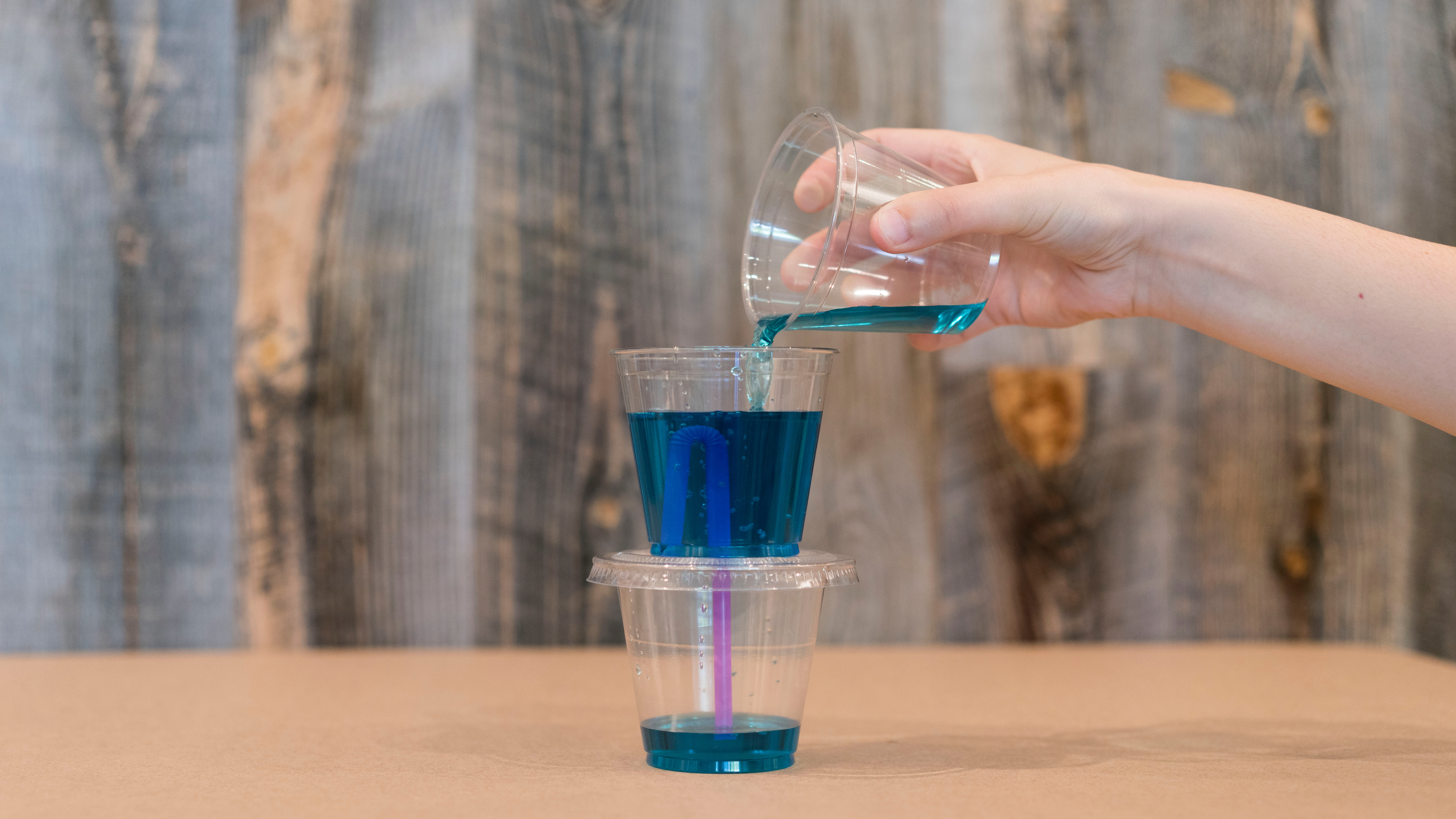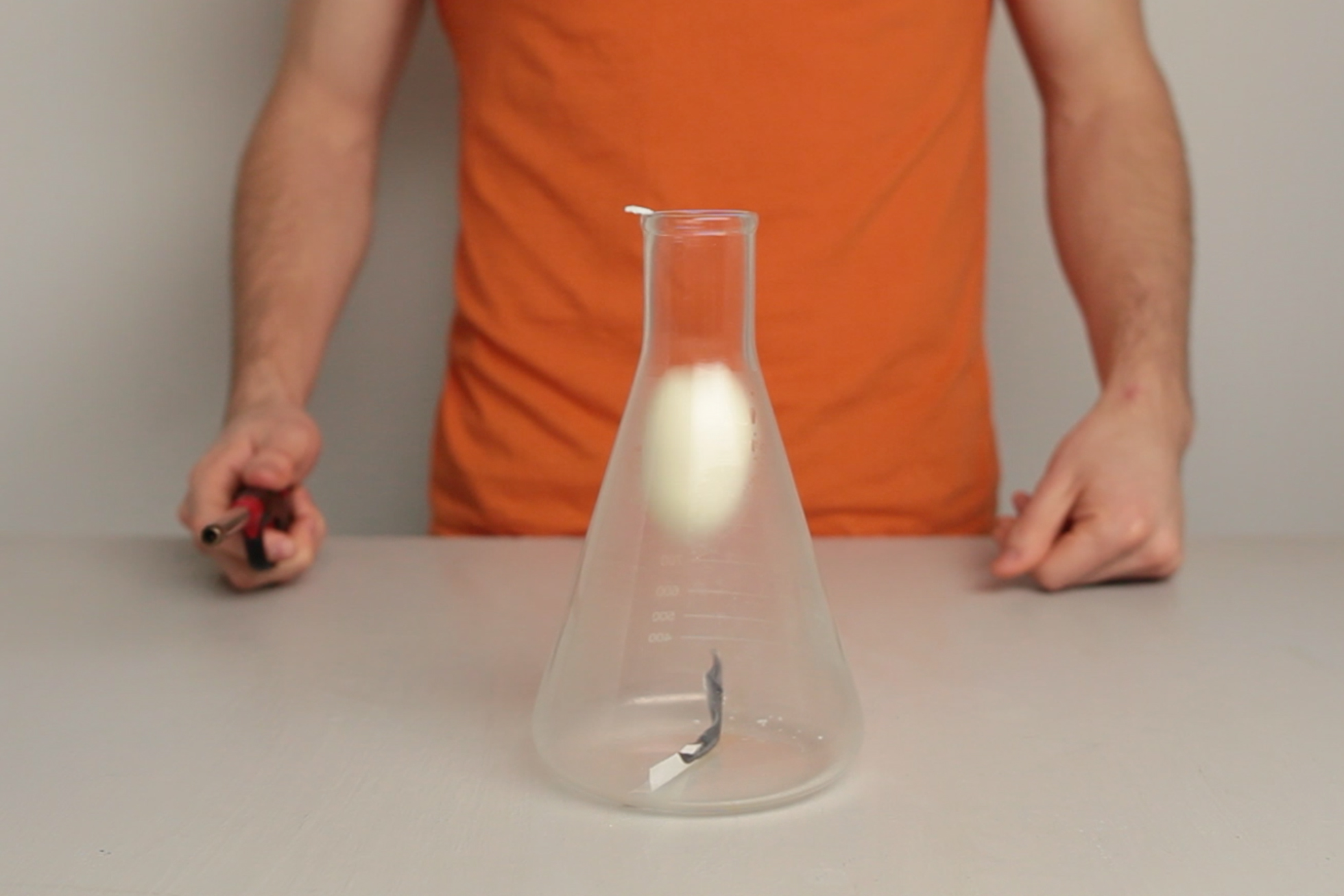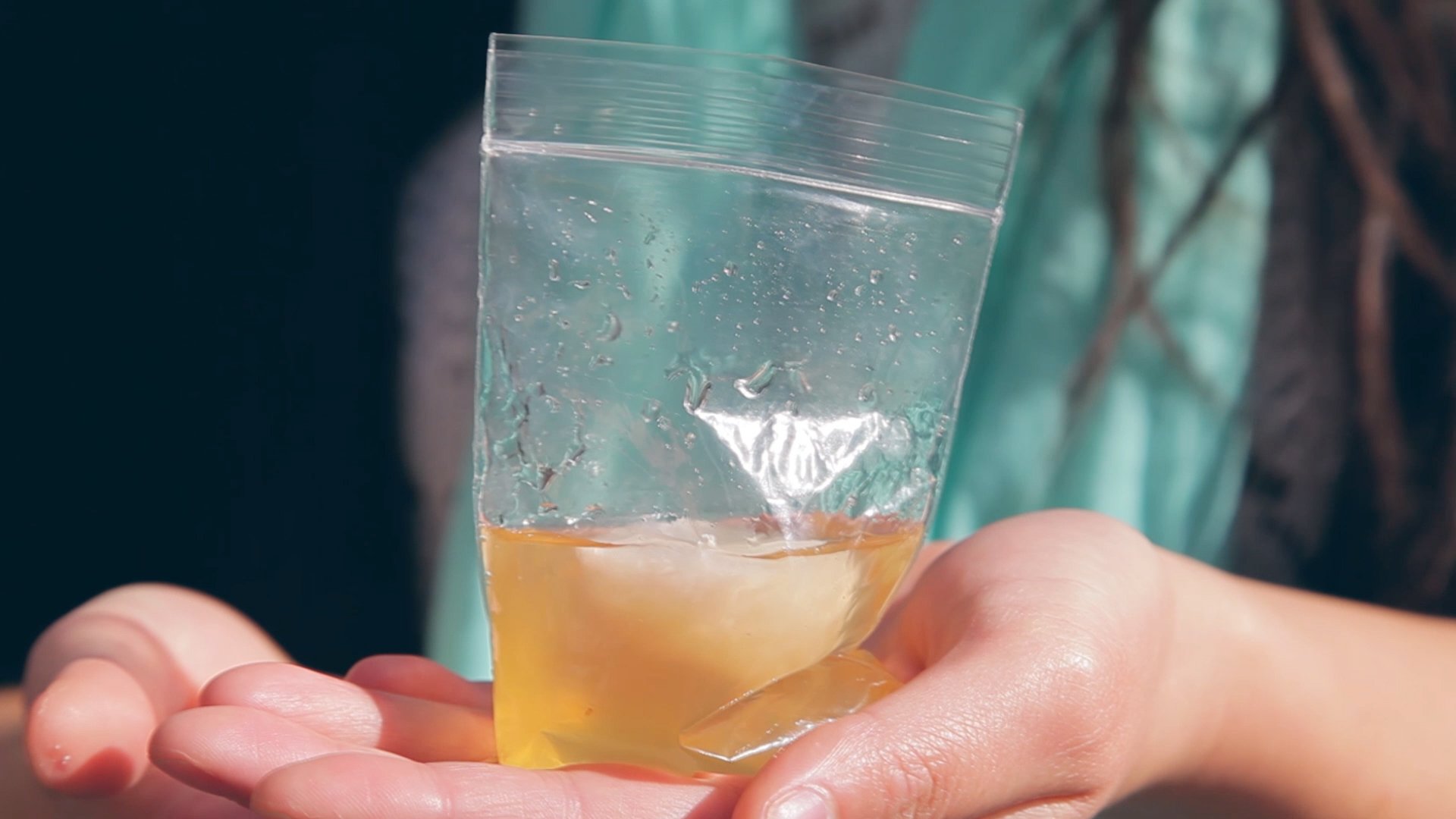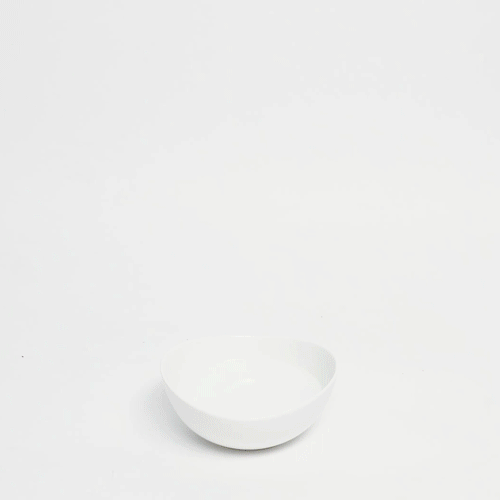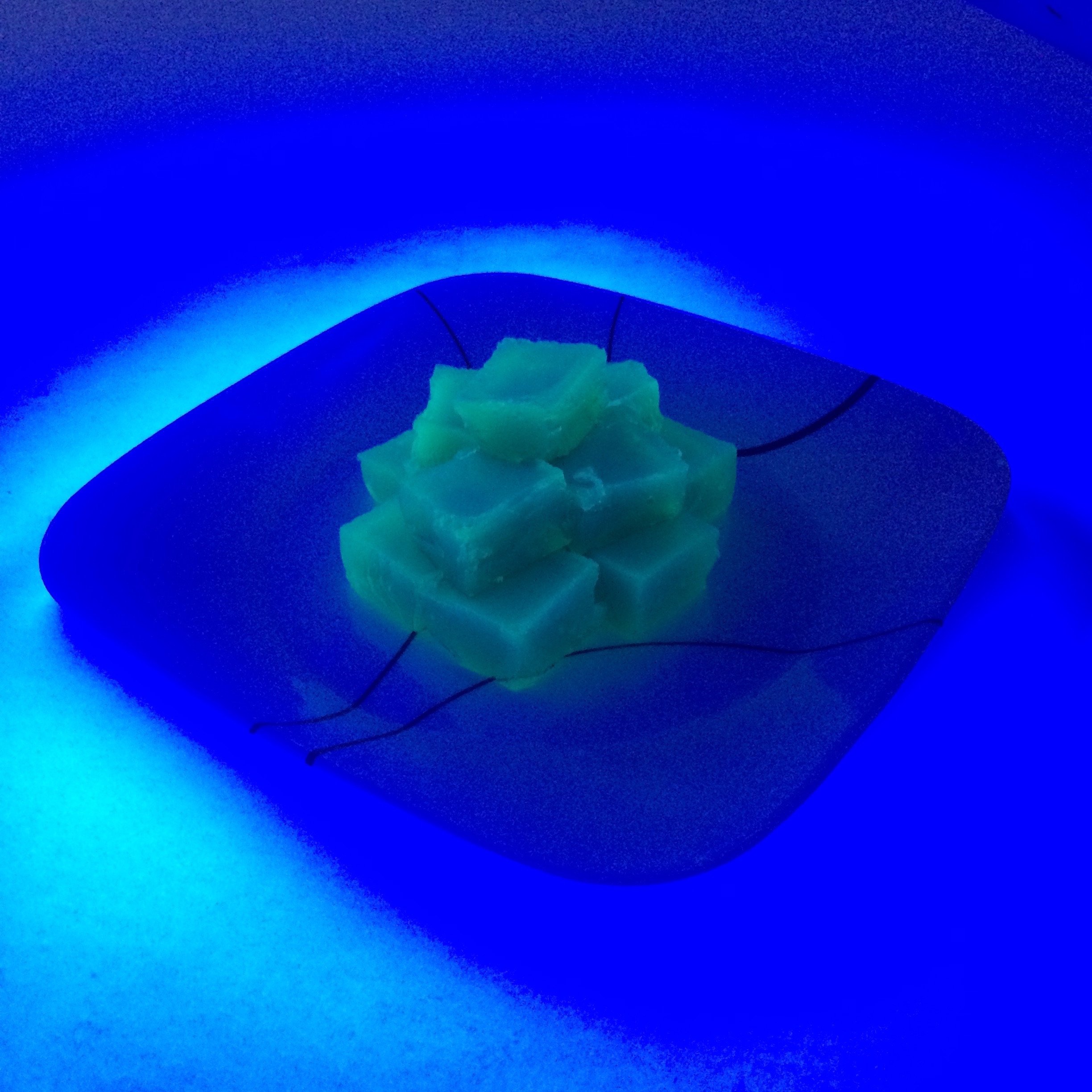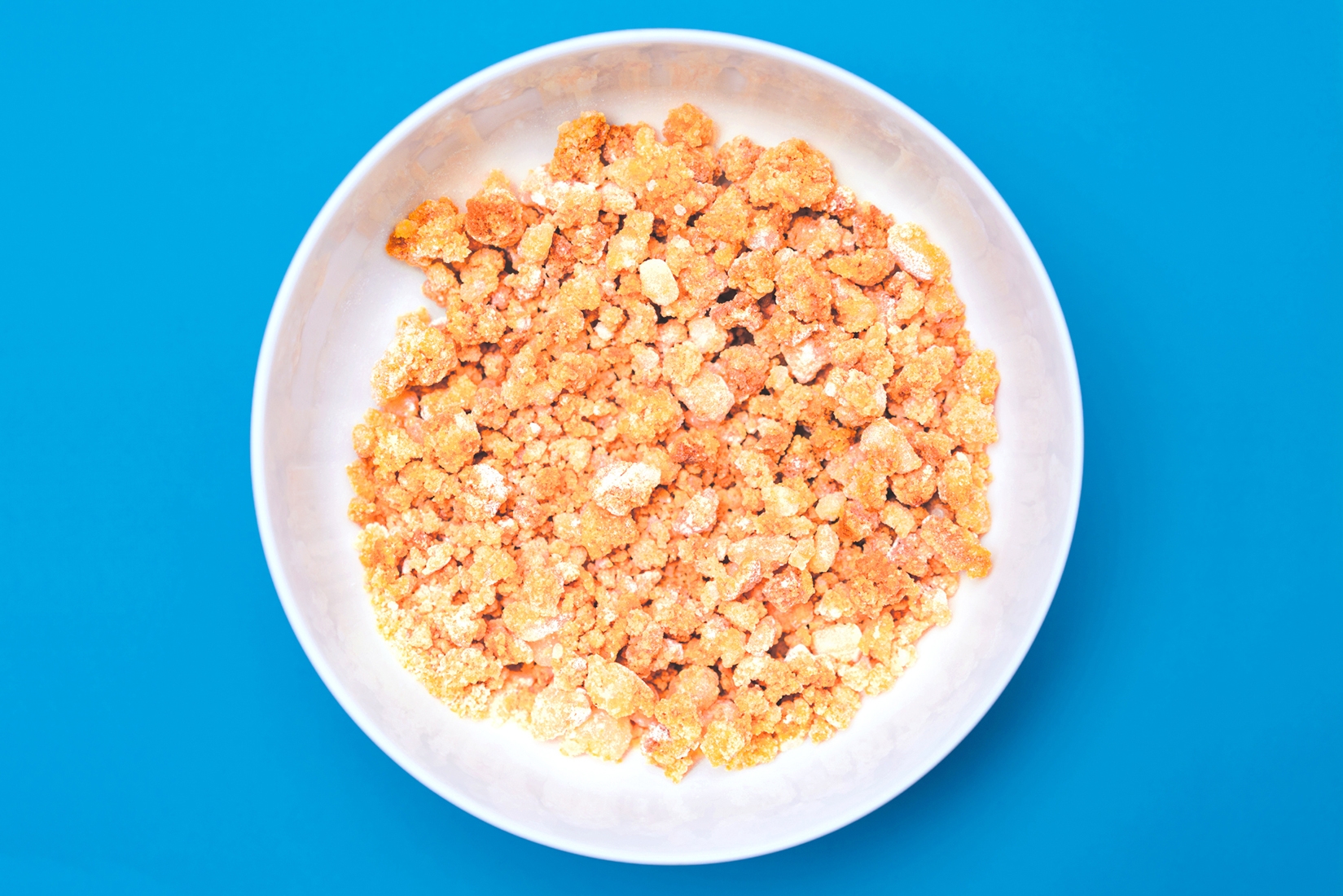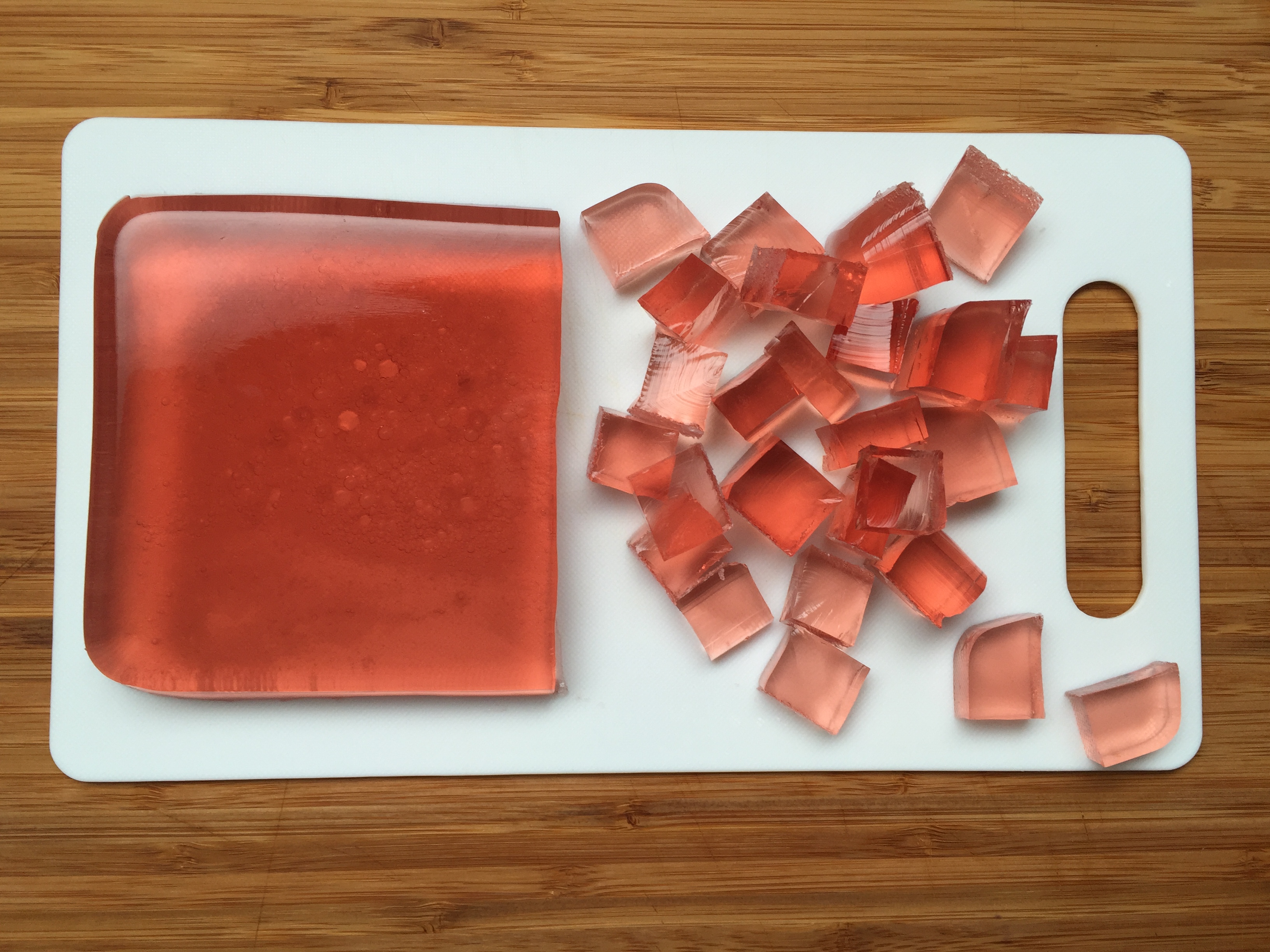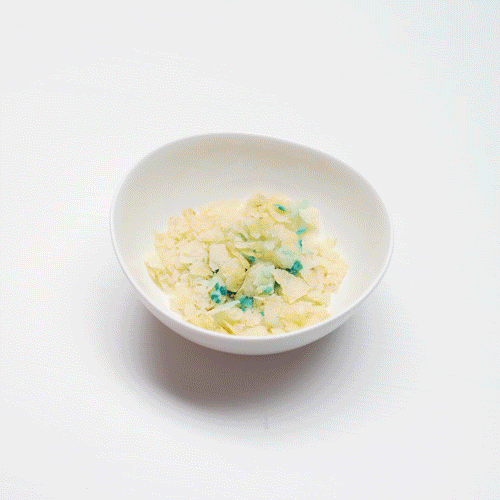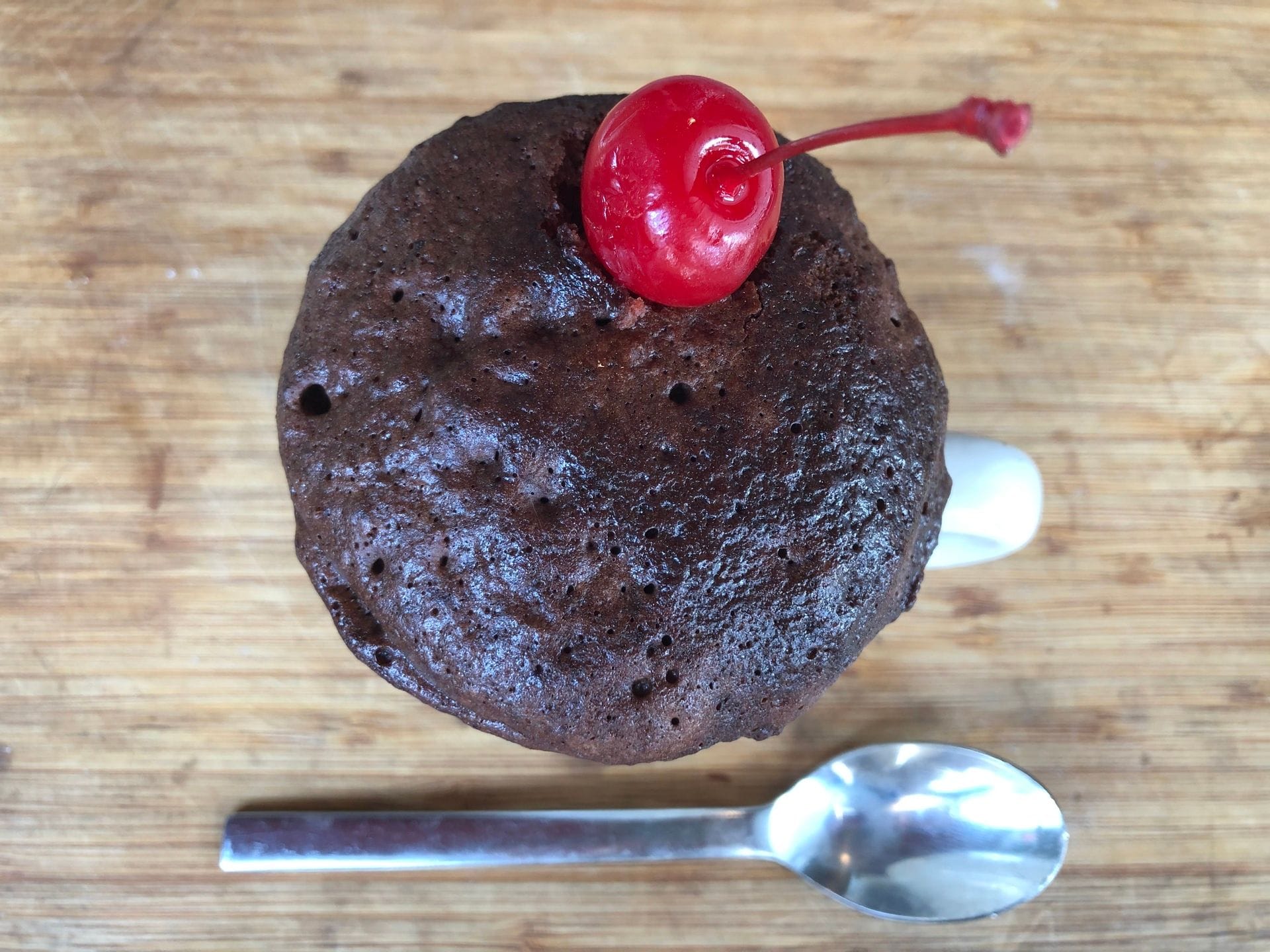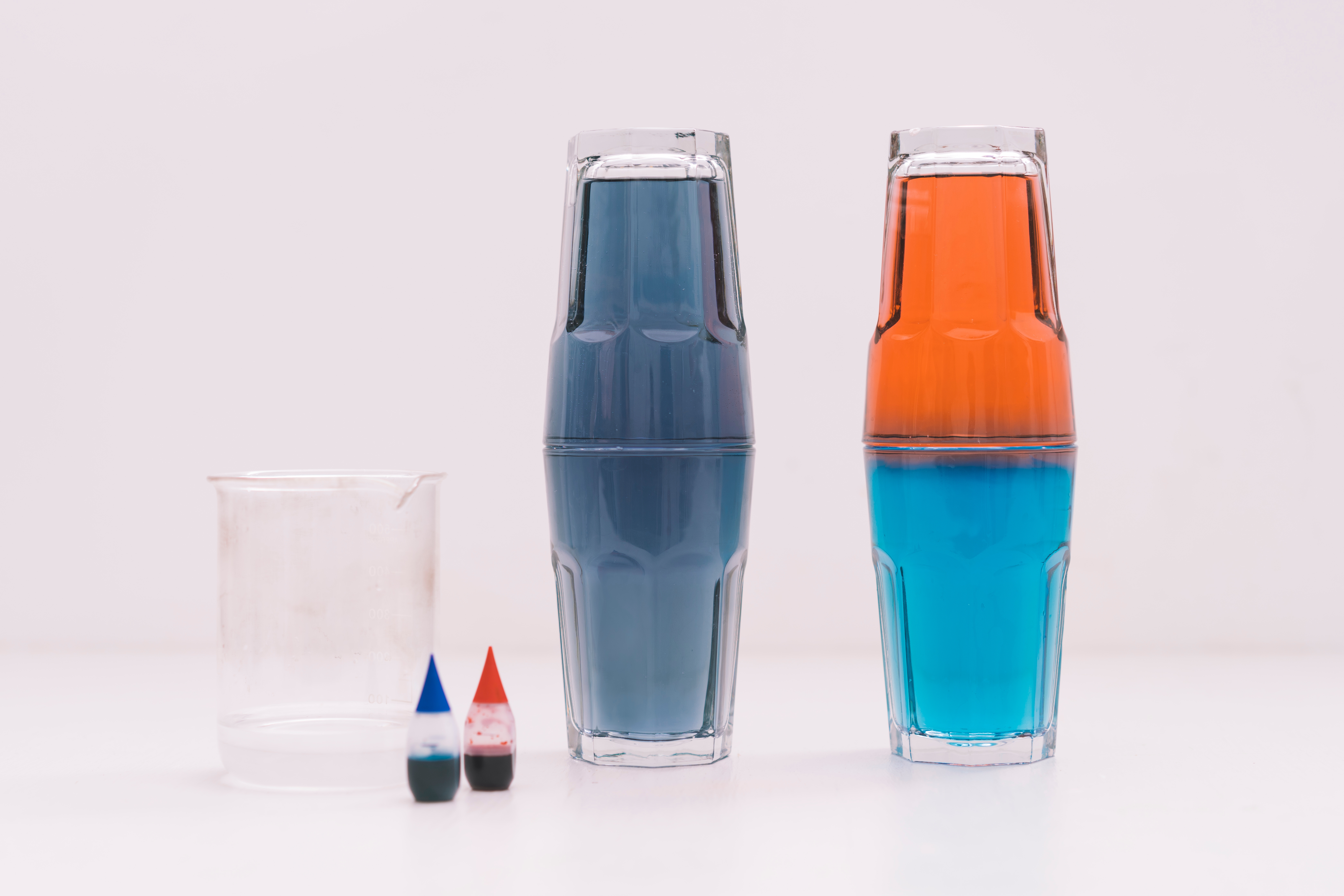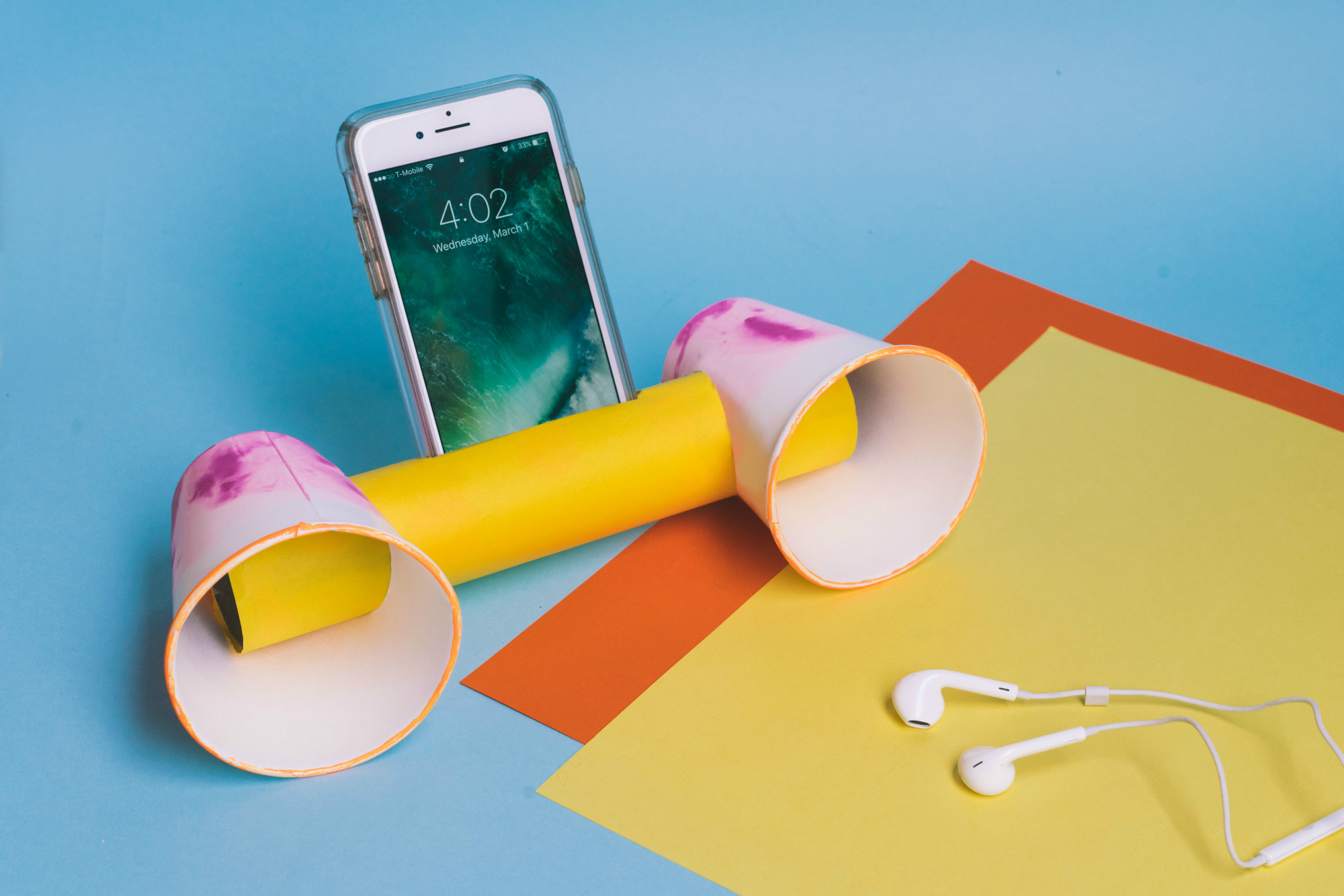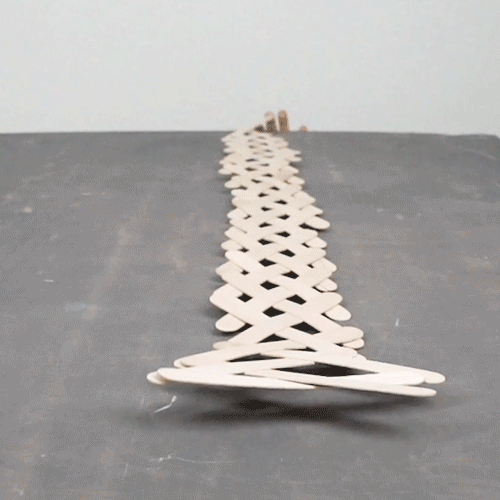Just Added!
- Homemade Marshmallows
(Ages 5-16)
- Glow in the Dark Gelatin
(Ages 5-12)
What is more exciting than a glowing science experiment that is also delicious to eat? With only two main ingredients, your kids will love discovering the magic of fluorescent substances in this glowing gelatin project.
- Water Wheel
(Ages 9-16)
Head outside while it’s still warm and learn about the movement of water wheels which are used to convert the energy of falling water into a power source!
Take outdoor fun to the next level by building your own Bubble Machine from the KiwiCo Store. Discover science that really pops — with a bubble-making machine that you engineered yourself!
- Water Cycle Bags
(Ages 5-16)
Eager to learn more about the world around us? Explore the science of rocks and volcanoes with a Geologist Starter Kit from the KiwiCo Store!
Explore Different Sciences Using Straws
- Pumping Heart
(Ages 9-16)
Curious about how your heart pumps blood? Use this model to learn about the right atrium and ventricle!
Discover more about the science of pressure with a Bottle Rocket kit from the KiwiCo Store! Assemble a launcher, rocket, funnel, and launch mixture to experience some extremely fizzy fun.
- Lung Model
(Ages 7-16)
Breathe in. Breathe out. Do you feel your chest expand and shrink when you breathe? That change in size is how you get air into your lungs! It all has to do with the physics of air pressure, which you’ll investigate in this project.
Want to explore anatomy without the hassle of gathering materials? Dive into learning with a Vet Starter Kit from the KiwiCo Store!
- Pythagoras Cup
(Ages 9-16)
Make your own Pythagoras cup and trick your friends with this disappearing water act!
Test Out the Effects of Temperature
- Flying Teabag
(Ages 7-16)
Make a tea bag fly with heat! The flying tea bag experiment is a similar concept to a hot air balloon, but you can do it right at home. This project is simple to create, but impressive to kids and adults alike!
Want to learn more about chemistry without the hassle of gathering materials? Explore the science of crystallization with a Crystal Chemistry Garden from the KiwiCo Store!
- Egg in a Bottle
(Ages 9-16)
Impress your friends and family with this simple, quick, and super-cool 'egg in a bottle' science trick! You'll learn how to harness the power of expanding and contracting gasses to suck an egg into a bottle in which it would never normally fit.
Discover everything that eggs have to offer with Eggsperiments from the KiwiCo Store! Use the scientific method with a series of egg-based experiments that explore chemistry, physics, and biology.
- Hot Ice Hand Warmers
(Ages 9-16)
Keep your hands warm with this hot ice experiment you can do at home! OK, so it's not really ice, but it really does keep your hands warm. And it's an easy (and safe) experiment you can do in your own kitchen. All you need is baking soda and vinegar to create a little chemistry experiment that comes handy in the cold winter.
- Bottle Thermometer
(Ages 5-16)
Track how the sun changes the temperature in a room with a homemade thermometer.
Cook with Chemistry & Experiment with Food
- Fluorescent Frosting
(Ages 5-16)
- Glow in the Dark Jello
(Ages 9-16)
Did you know that with only a couple of small tweaks, you can turn ordinary Jell-O, into a ghoulish, glow in the dark treat? Read on to check out this simple, but awesome trick, and learn a bit about the science behind fluorescence in the process!
How to Make Glow in the Dark Jello
- Fizzy Candy
(Ages 9-16)
Are you in for a surprise treat to share with your friends and family? This homemade version of the classic pop rocks will get you fizzy with baking soda and citric acid! Personalize this candy with your own flavor and experience this chemical reaction in your mouth!
Want to explore more kitchen science experiments? Explore the tastier side of learning with Science of Cooking: Bread & Butter from the KiwiCo Store!
- Maple Syrup Crystals
(Ages 9-16)
Maple syrup – made from maple tree sap – is composed of water and sugar. Boiling the maple syrup removes water by evaporation. This means that the sugar molecules get packed more closely together. Heating up the syrup also makes the molecules move faster. When you pour hot syrup onto a cold pan, the sugar molecules slow down, combine, and then harden into solid maple sugar crystals. If you live in a snowy place, try pouring this mixture over snow! The best part is, you can eat the crystals once you’re done with the experiment! Heads up: A grownup is needed to help operate the stove!
- Yummy Polymer Gummies
(Ages 5-16)
Our kid testing lab is well loved for many things -- the abundance of hands-on materials, the continuous experimentation & tinkering, and of course, the delicious fruit gummy snacks for those hard at work! We decided to combine a lesson on polymers with our favorite snack and got cooking. Did you know that fruit gummies get their chewy texture from polymers? Follow along to create your own homemade gummies!
- Cabbage Chemistry
(Ages 9-16)
Color your world with cabbage and learn about chemistry! The terms acid and base describe chemical properties of many things we use everyday. An acid is a substance that donates hydrogen ions, and a baseis a substance that accepts hydrogen ions. Sometimes, you can tell if something is an acid or base by the way it tastes. Acids, like vinegar, are generally sour. Bases generally taste bitter. (But heads up —some acids and bases are dangerous, so we don’t recommend tasting unknown substances!) Instead of a taste test, chemists use a pH scale to measure the strength of acids and bases. The lower the number on the pH scale, the more acidic something is. In this project, you’ll test different substances in purple cabbage juice and compare the results to a printable pH scale.
Want to explore more kitchen science experiments? Explore the tastier side of learning with Science of Cooking: Bread & Butter from the KiwiCo Store!
- Turn Milk into Cheese
(Ages 5-16)
You may remember hearing about curds and whey from the old nursery rhyme about Little Miss Muffet. Well, this kitchen science experiment will teach you what curds and whey are, and you’ll even make some yourself! Curds and whey are a product of cheesemaking! Milk is made up of proteins, sugars, fat, minerals, vitamins, and enzymes. When you add an acid like lemon juice to warm milk, it causes molecules of one of the proteins in milk to bond to one another. That forms a solid lump of protein which is also known as a cheese curd (the leftover liquid is called whey.) You can eat cheese curds on their own (they taste like ricotta cheese) or top with honey or fruit for an awesome treat.
Want to explore more kitchen science experiments? Explore the tastier side of learning with Science of Cooking: Ice Cream from the KiwiCo Store!
- Dancing Salt
(Ages 9-16)
Discover how music creates vibrations you can see using salt and a portable speaker! Then try experimenting with different genres of music to see which ones make the salt dance more.
What's going on?
Speakers, like your Bluetooth speaker, produce sound by creating vibrations in the air. Normally, we only hear these vibrations, and we can't easily see them. Plastic wrap, though, is lightweight and thin enough to vibrate in response to the sounds coming from the speakers. These vibrations move through the plastic wrap unevenly, pushing and shoving the salt around in interesting patterns. As a song progresses, these vibrations change, and the salt moves as if it were dancing.
If you can find a YouTube video of a pure tone (like a single, sustained note), observe what happens to the salt when you play that tone through the speakers. A pure tone will create a consistent, unchanging vibration in the plastic wrap. Instead of dancing around, the salt should collect in places in the plastic wrap that aren't vibrating, making patterns that depend on the frequency of the pure tone. Try a few other pure tones, one at a time, to see some other interesting patterns!
- Salty Cave Crystals
(Ages 5-16)
Grow your own salt stalagmites and stalactites in your kitchen!
- Potato Chip Patina Experiment
(Ages 9-16)
Have you ever wondered why the Statue of Liberty is green? It’s because of a process called oxidation - a natural weathering process that occurs when air and water react with copper! Try this experiment to recreate the oxidation process artificially!
- Magic Mug Cake
(Ages 5-16)
Normally, a cake would take an hour or more to make in an oven, but with a microwave oven, you can make one in minutes! Microwave ovens use waves of energy called – you guessed it – microwaves to cook food quickly. The microwaves go into the food and make water molecules inside move around really fast. The movement creates heat which cooks the food. But the microwave is just one part of this scientific process. First, you need to mix up ingredients. Two of the ingredients are key to making a tasty mug cake! Baking powder will make your cake spongy because it produces gas bubbles that get trapped in the batter as it cooks. The egg will help your cake rise because it has proteins that create a strong structure. Without these ingredients, your cake will look like soup! Experiment with the other ingredients to customize your mug cake. What will you add to give it a whole new flavor?!
Want to explore more kitchen science experiments? Explore the tastier side of learning with Science of Cooking: Bread & Butter from the KiwiCo Store!
Get Creative with Food Coloring
- Bubble Lamp in a Bag
(Ages 9-16)
Oil and water famously don’t mix well. No matter how much you stir them together, they’ll always separate as oil rises to the top. But oil and water don’t avoid mixing because they don’t like each other; it’s because of their chemistry! In this project, you’ll learn more about the chemistry of oil and water and create a bubbly chemical reaction —both essential to making your Bubble Lamp in a Ziploc® brand bag groovy and fun.
- Magic Water Barrier
(Ages 9-16)
Amaze your kids with this magic water experiment! Teach them about how the density of water changes with different temperatures in this colorful and mystifying project.
This trick relies on the difference in density between hot and cold water. When water is heated up, its water molecules move more quickly, expanding the space between individual molecules. This increases the water's overall volume and decreases its density.
- Underwater Fireworks
(Ages 5-11)
With your kitchen as your lab and baking supplies as your ingredients, create your own underwater firework spectacular! These underwater fireworks go off because of density. Density means how much something weighs for a given volume of it. Denser things like iron and stone sink. Less dense things like wood and rubber float.
In this experiment, you use four different liquids with four different densities: oil, water, food coloring, and saltwater. The oil sits on top of the water because it’s less dense than water. The water sits on top of the saltwater for the same reason. Food coloring is denser than oil and a little bit denser than water, but it isn’t as dense as saltwater. When the drops of food coloring hit the dense saltwater, they disperse like exploding fireworks!
Eager to learn more about the world around us? Explore the science of volcanic eruptions with a Geologist Starter Kit from the KiwiCo Store!
Upcycle Materials Around Your House
- DIY Phone Speaker
(Ages 5-16)
Make a rockin' customizable speaker for you and your friends to enjoy with just a few household items! Understand how sound vibrations can travel through different mediums and how the shape of the mediums can cause the sounds to be amplified!
- Craft Stick Chain Reaction
(Ages 5-16)
Chain reactions are amazing displays of energy. When everything is set up right, one little tap can cause a cascade of action, like a single domino knocking over a chain of thousands. Try this experiment to make a huge chain reaction out of just a few craft sticks!
Take your chain reactions to the next level with a Chain Reaction Workshop from the KiwiCo Store! Sturdy materials, moving mechanisms, and your imagination combine to create epic chain reactions.

Kitchen Science Experiments for Kids Ages 9 & Up
Discover exciting and easy-to-do science experiments that your kids can conduct in your very own kitchen. Perfect for kids aged 9 and up, these experiments are both fun and educational.
